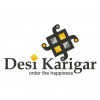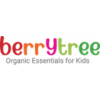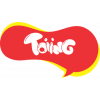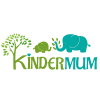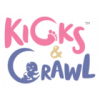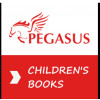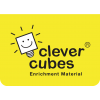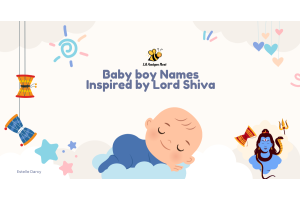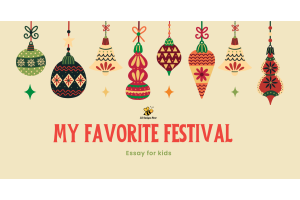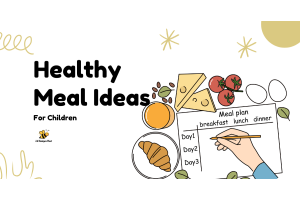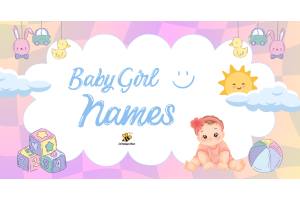Learning Toys Your Child Needs: Age‑Wise Guide
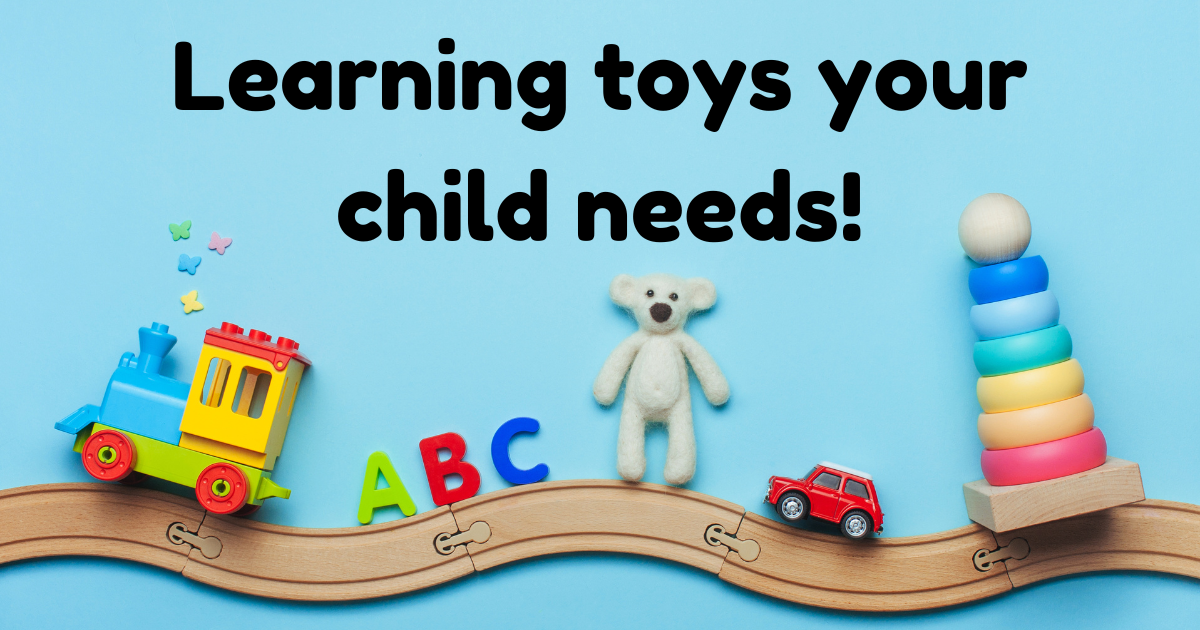
Early childhood is a time of rapid growth—physically, emotionally, and cognitively. The right learning toys can spark curiosity, build foundational skills, and foster a lifelong love of discovery. From brain development toys for infants to interactive learning games for preschoolers, each stage of childhood demands specific types of toys tailored to a child’s developmental needs. In this parenting101 guide, we’ll explore age‑wise recommendations—from developmental toys 6-month-olds adore to engaging learning tools for older kids.
Why Educational and Sensory Development Toys Matter
Educational toys are not just playthings; they are tools that promote critical thinking, problem‑solving, and fine motor skills. Sensory development toys engage sight, sound, touch, and sometimes even taste and smell. They help children:
-
Build neural pathways through hands‑on exploration
-
Develop coordination and balance
-
Enhance language, memory, and social skills
By choosing age‑appropriate educational toys, parents ensure that playtime doubles as a period of active learning.
Age‑Wise Toy Recommendations
0–6 Months: Sensory & Motor Foundations
At this stage, babies explore the world primarily through senses and reflexive movements.
Recommended Toys
-
Soft Sensory Mats: Crinkly fabrics and varying textures encourage sensory development.
-
High‑Contrast Toys: Black‑and‑white patterns help babies focus and track objects, promoting visual development.
-
Rattles & Teethers: Easy to grasp, they introduce cause‑and‑effect and soothe teething gums.
-
Play Gyms & Mobiles: Overhead mobiles with gentle music and movement introduce auditory and visual tracking skills.
Keywords: developmental toys 6 month old, sensory development toys
6–12 Months: Cause & Effect, Hand‑Eye Coordination
Babies begin to sit, crawl, and grasp intentionally. They love exploring cause and effect.
Recommended Toys
-
Activity Cubes: Buttons, doors, gears, and knobs build fine motor skills and introduce learning games concepts.
-
Stacking Rings & Cups: Encourage hand‑eye coordination and early problem‑solving.
-
Shape Sorters: Teach shapes and colors while challenging dexterity.
-
Board Books with Textures: Reinforce sensory exploration and early language.
Keywords: educational toys, learning toys
1–2 Years: Language & Gross Motor Skills
Toddlers are on the move—walking, running, climbing—and their vocabulary explodes.
Recommended Toys
-
Push‑Pull Toys: Enhance coordination and balance as toddlers practice walking.
-
Simple Puzzles: Large, chunky pieces introduce spatial reasoning and patience.
-
Musical Instruments: Xylophones, drums, and shakers ignite a love of rhythm and sound.
-
Interactive Storybooks: With buttons and sound, they strengthen early reading readiness.
2–3 Years: Imaginative Play & Problem‑Solving
Preschool–age children begin to role‑play and solve more complex puzzles.
Recommended Toys
-
Pretend‑Play Sets: Kitchen sets, tool benches, or doctor kits boost creativity and social skills.
-
Building Blocks: From basic Duplo to larger wooden blocks, construction toys teach balance and structural thinking.
-
Simple Board Games: Games like “First Orchard” introduce turn‑taking and rule following.
-
Art Supplies: Safe, washable markers and finger paints let kids express themselves.
3–5 Years: Fine Motor & Early Academic Skills
Children refine fine motor skills and may begin recognizing letters and numbers.
Recommended Toys
-
Alphabet & Number Puzzles: Letter‑and‑number shaped puzzles link symbols to words and quantities.
-
Magnetic Drawing Boards: Allow repeated practice of writing shapes and letters.
-
Role‑Play Costumes: Encourage storytelling, vocabulary expansion, and cooperative play.
-
Building Sets with Instructions: Basic model kits introduce the following multi‑step processes.
5–7 Years: Advanced Learning & Collaborative Play
Early school years call for toys that challenge logical thinking and social interaction.
Recommended Toys
-
STEM Kits: Beginner robotics, simple circuits, and science experiment kits foster analytical skills.
-
Strategy Board Games: Games like “Ticket to Ride: First Journey” teach planning and friendly competition.
-
Advanced Construction Sets: LEGO Classic and Technic kits enhance spatial reasoning.
-
Coding Toys: Screen‑free programmable robots teach sequencing and debugging.
Tips for Choosing the Right Toy
-
Match to Developmental Milestones: Always align toy complexity with your child’s current abilities.
-
Prioritize Safety: Look for non‑toxic materials, secure parts, and age‑appropriate sizes.
-
Encourage Interaction: Toys that promote parent‑child play strengthen bonds.
-
Rotate Toys: Keep engagement high by introducing new toys and rotating favorites.
Selecting the perfect learning toys at each stage—whether for brain development, sensory development, or early academics—lays the groundwork for confident, curious, and capable children. This age‑wise guide equips parents with the knowledge to choose educational toys and developmental toys that not only entertain but also cultivate essential skills for lifelong learning.

